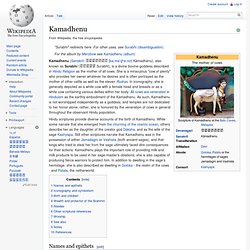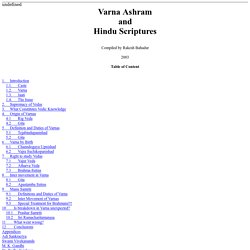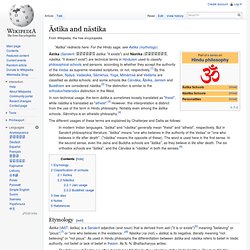

Shudra. Avatar. Ten avatars of Vishnu (Matsya, Kurma, Varaha, Vamana, Krishna, Kalki, Buddha, Parshurama, Rama & Narasimha).
Painting from Jaipur, now at the Victoria and Albert Museum In Hinduism, an avatar /ˈævətɑr/ (Hindustani: [əʋˈt̪aːr], from Sanskrit अवतार avatāra "descent") is a deliberate descent of a deity to Earth, or a descent of the Supreme Being (e.g., Vishnu for Vaishnavites), and is mostly translated into English as "incarnation", but more accurately as "appearance" or "manifestation".[1][2] The term is most often associated with Vishnu, though it has also come to be associated with other deities.[5] Varying lists of avatars of Vishnu appear in Hindu scriptures, including the ten Dashavatara of the Garuda Purana and the twenty-two avatars in the Bhagavata Purana, though the latter adds that the incarnations of Vishnu are innumerable.[6] The avatars of Vishnu are a primary component of Vaishnavism. An early reference to avatar, and to avatar doctrine, is in the Bhagavad Gita.[7]
Kshatriya. The Sanskrit term Kshatriya belonged to the Vedic society wherein members organized themselves into 3 classes: Brahmin, Kshatriya, and Vaishya.[1] Traditionally, Kshatriya constitute the ruling and military elite.

They were in charge of the protection of the society by fighting in wartime and governing in peacetime. Origins[edit] Early Rigvedic tribal chiefdom[edit] The administrative machinery in the Rig Vedic period functioned with a tribal chief called Rajan whose position was not hereditary. The king was elected in a tribal assembly, which included women, called Samiti . Later Vedic period[edit] The term Kshatriya comes from Kshatra and implies temporal authority and power which was based less on being a successful leader in battle and more on the tangible power of laying claim to sovereignty over a territory, and symbolizing ownership over clan lands.
Kamadhenu. Kamadhenu (Sanskrit: कामधेनु [kaːməˈd̪ʱeːnʊ] Kāmadhenu), also known as Surabhi (सुरभि Surabhī), is a divine bovine-goddess described in Hindu Religion as the mother of all cows.

She is a miraculous "cow of plenty" who provides her owner whatever he desires and is often portrayed as the mother of other cattle as well as the eleven Rudras. In iconography, she is generally depicted as a white cow with a female head and breasts or as a white cow containing various deities within her body. All cows are venerated in Hinduism as the earthly embodiment of the Kamadhenu. As such, Kamadhenu is not worshipped independently as a goddess, and temples are not dedicated to her honor alone; rather, she is honored by the veneration of cows in general throughout the observant Hindu population. Hindu scriptures provide diverse accounts of the birth of Kamadhenu. Names and epithets[edit] Iconography and symbolism[edit] Frederick M. Birth and children[edit] Kamadhenu pictured with her calf Jamadagni's cow. Varna Dharma. Undefined Varna Ashram and Hindu Scriptures Compiled by Rakesh Bahadur The 'Varna' popularly known as the 'Caste system' is perhaps the most explosive topics in Hinduism, which so often gives handle to Non-Hindus to bash Hinduism. 1.1.

“The word caste is not a word that is indigenous to India. 1.2. The root word for Varna is 'Vri' which means one's occupation. Avatar. Jyotirlinga. Somnath Mallikarjunaswamy Mahakaleshwar Omkareshwar Vaidyanath Bhimashankar Rameshwaram.

Āstika and nāstika. Āstika (Sanskrit: आस्तिक āstika; "it exists") and Nāstika (नास्तिक, nāstika; "it doesn't exist") are technical terms in Hinduism used to classify philosophical schools and persons, according to whether they accept the authority of the Vedas as supreme revealed scriptures, or not, respectively.[1] By this definition, Nyāyá, Vaiśeṣika, Sāṃkhya, Yoga, Mīmāṃsā and Vedānta are classified as āstika schools; and some schools like Cārvāka, Ājīvika, Jainism and Buddhism are considered nāstika.[2] The distinction is similar to the orthodox/heterodox distinction in the West.

In non-technical usage, the term āstika is sometimes loosely translated as "theist", while nāstika is translated as "atheist".[3] However, this interpretation is distinct from the use of the term in Hindu philosophy. Notably even among the āstika schools, Sāṃkhya is an atheistic philosophy.[4] The different usages of these terms are explained by Chatterjee and Datta as follows: Etymology[edit] Classification of schools[edit]